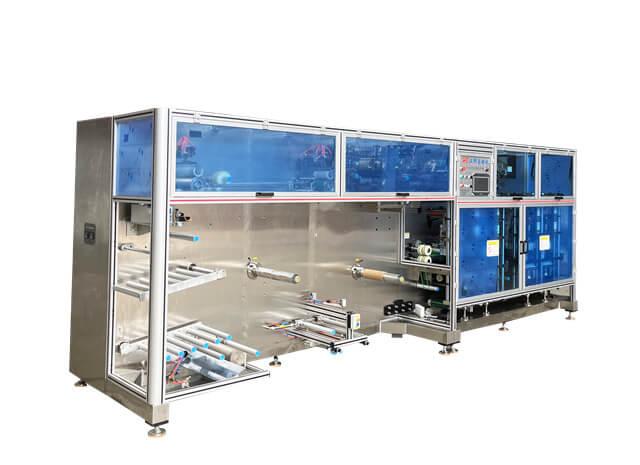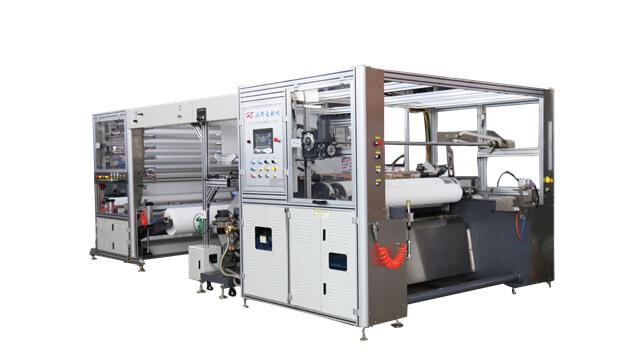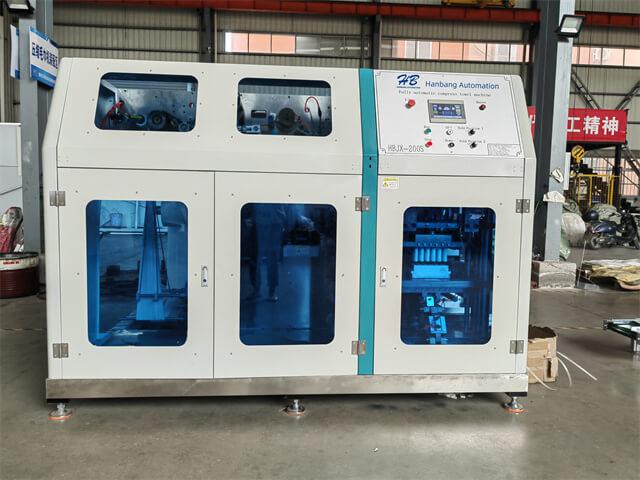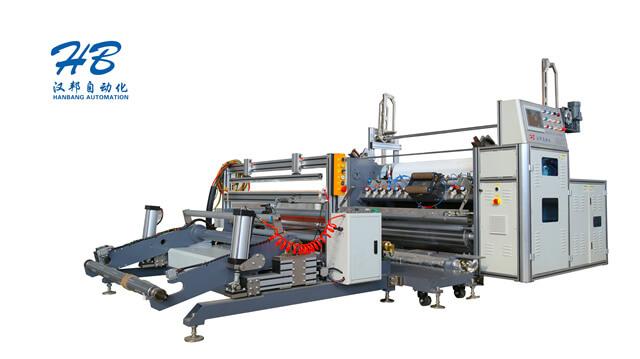Author:HB Nonwoven MachineryFROM:Compressed Towel Machine Manufacturer TIME:2023-11-14
Introduction:
The non woven slitting machine plays a vital role in the installation process of the diaper and sanitary napkin industry. This machine is used to precisely cut the non woven fabric into appropriate sizes for the production of diapers and sanitary napkins. The installation process of this machine involves several steps that ensure its proper functioning and efficiency. In this article, we will explore the installation process of the non woven slitting machine in detail.
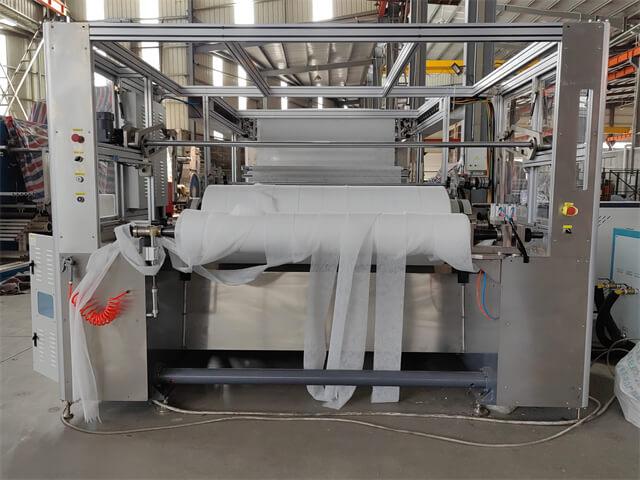
The first step in the installation process is to place the machine in the designated area. It is important to choose a location that is spacious and well-ventilated. The machine should be placed on a flat and sturdy surface to ensure stability during operation.
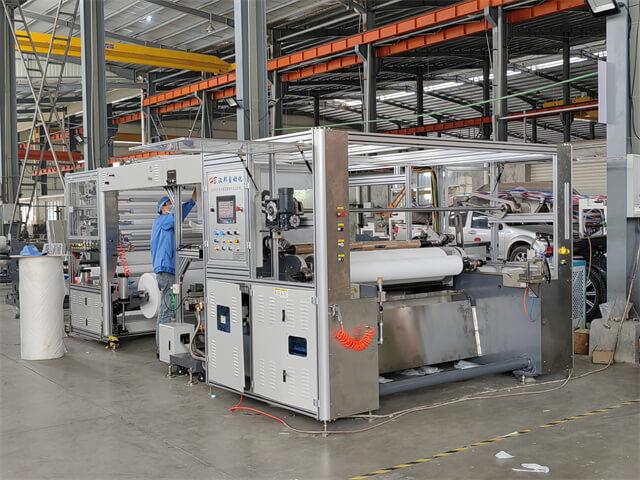
Next, the machine needs to be connected to a reliable power supply. The power requirements of the machine should be checked beforehand to ensure that it is compatible with the available power source. Proper grounding is essential to prevent electrical hazards.
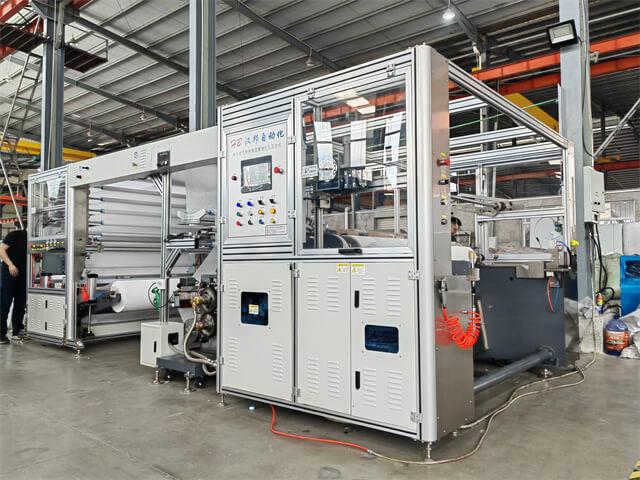
Once the machine is properly placed and connected to the power supply, the next step is to load the non woven fabric onto the machine. The fabric rolls are placed on the unwind stand, and the end of the fabric is threaded through the machine's feeding system.
The tension of the non woven fabric needs to be adjusted to ensure smooth and accurate slitting. This can be done using the tension control system of the machine. The tension should be set according to the thickness and width of the fabric to avoid any issues during the slitting process.
The slitting blades are a crucial component of the machine, as they perform the actual cutting of the non woven fabric. The blades need to be installed properly and securely. It is important to follow the manufacturer's instructions for blade installation to ensure safety and optimal performance.
Before starting the slitting process, the machine needs to be calibrated. This involves setting the desired width and length of the slits according to the specific requirements of the diaper and sanitary napkin production. Accurate calibration ensures that the slitting is done with precision.
After the initial setup and calibration, the machine should undergo testing and a trial run. This helps in identifying any potential issues or adjustments that need to be made before full-scale production. It is important to check the quality of the slit fabric during this stage.
Once the machine is successfully installed and tested, it is crucial to establish a regular maintenance and servicing schedule. This includes routine cleaning, lubrication, and inspection of the machine's components. Regular maintenance ensures the longevity and efficient functioning of the non woven slitting machine.
The installation process of the non woven slitting machine is a critical step in the diaper and sanitary napkin industry. Proper placement, power supply connection, material loading, tension adjustment, blade installation, calibration, testing, and maintenance are essential for the smooth operation of the machine. By following these steps diligently, manufacturers can ensure the production of high-quality diapers and sanitary napkins.
